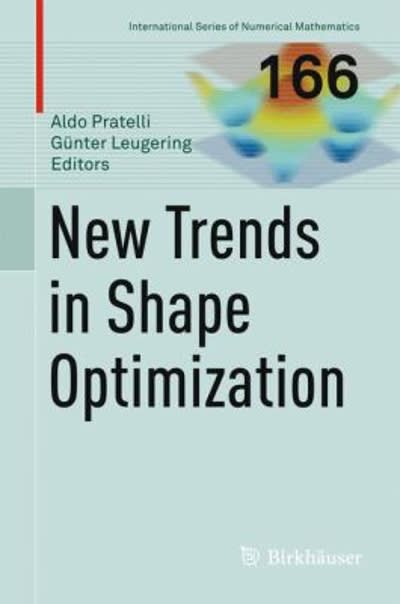Try if you're sure about it
I. The manufacturer of a gasoline additive claims that the use of this additive increases gasoline mileage. A random sample of 6 cars was selected, and these cars were driven for one week without the gasoline additive and then for one week with the additive. The following table gives the mileage (in miles per gallon) for these cars with and without the additive: Car 2 3 4 5 6 Mileage Without Additive 24.6 28.3 18.9 23.7 15.4 29.5 Mileage With Additive 26.3 31.7 18.2 25.3 18.3 30.9 Asuming mileages are normally distributed, can you conclude that the use of the gasoline additive increases mileage at the 2.5% significance level? 2. A researcher wished to estimate the difference between the proportion of users of two shampoos who are satisfied with the prodcut. In a sample of 400 users of Shampoo A taken by this researcher, 78 said they are satisifed. In another sample of 500 users of Shampoo B taken by the same researcher, 92 said they were satisfied. a) Construct a 90% confidence interval for the true difference between the two population proportions. bj Based on your answer in (a), what would be your response at a 0.1 to the claim that there is no difference in customer satisfaction between the two shampoos? 3. A survey recently reported that the mean national annual expenditure for inpatient and outpatient services of all persons over 64 years of age was $5,423 with a standard deviation of $979. A random sample of 352 persons over age 64 living in Sudbury had an average expense of $5,516. a) Can we conclude that the mean inpatient and outpatient expense of all Sudbury residents over age 64 is higher than the national average of $5,423? Use the .01 level of significance. b) Calculate the P-value for this test. Would your answer have changed if you had used a .05 level of significance.I. The manufacturer of a gasoline additive claims that the use of this additive increases gasoline mileage. A random sample of 6 cars was selected, and these cars were driven for one week without the gasoline additive and then for one week with the additive. The following table gives the mileage (in miles per gallon) for these cars with and without the additive: Car 2 3 4 5 6 Mileage Without Additive 24.6 28.3 18.9 23.7 15.4 29.5 Mileage With Additive 26.3 31.7 18.2 25.3 18.3 30.9 Asuming mileages are normally distributed, can you conclude that the use of the gasoline additive increases mileage at the 2.5% significance level? 2. A researcher wished to estimate the difference between the proportion of users of two shampoos who are satisfied with the prodcut. In a sample of 400 users of Shampoo A taken by this researcher, 78 said they are satisifed. In another sample of 500 users of Shampoo B taken by the same researcher, 92 said they were satisfied. a) Construct a 90% confidence interval for the true difference between the two population proportions. bj Based on your answer in (a), what would be your response at a 0.1 to the claim that there is no difference in customer satisfaction between the two shampoos? 3. A survey recently reported that the mean national annual expenditure for inpatient and outpatient services of all persons over 64 years of age was $5,423 with a standard deviation of $979. A random sample of 352 persons over age 64 living in Sudbury had an average expense of $5,516. a) Can we conclude that the mean inpatient and outpatient expense of all Sudbury residents over age 64 is higher than the national average of $5,423? Use the .01 level of significance. b) Calculate the P-value for this test. Would your answer have changed if you had used a .05 level of significance







